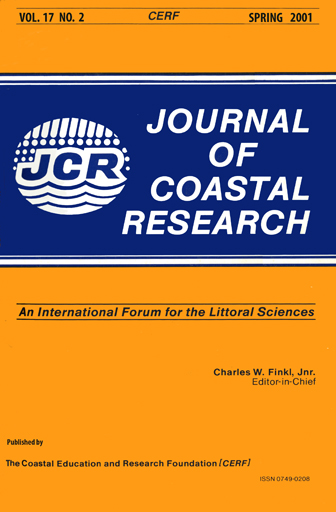Human-Induced Desalinization of Manzala Lagoon, Nile Delta, Egypt: Evidence from Isotopic Analysis of Benthic Invertebrates
Keywords:
Aswan High Dam, fisheries, invertebrate fauna, strontium, oxygen and carbon isotopes, Manzala lagoon, molluscs, Nile delta, salinity, Nile River.Abstract
This study combines isotopic (87Sr/86Sr, δ18O and δ13C) with paleontological data to derive a paleosalinity proxy in order to determine the impact of the Aswan High Dam on Manzala lagoon in Egypt's Nile delta. Analyses were made on 17 invertebrate taxa (molluscs, crustaceans, foraminifera, serpulid worms). These were collected in 17 surficial samples and 18 samples from two cores collected at the two salinity extremes of the lagoon. Of the three isotopic systems, Sr isotopes (87Sr/86Sr) best record salinity changes within the lagoon. The main control on C isotopes within shell material is the mixing of fresh and marine waters entering the lagoon; thus it is also a useful paleosalinity indicator. The oxygen isotopic composition of shells increased with decreasing salinity: this is consistent with the observation that fresh waters feeding the lagoon are enriched in 18O with respect to Mediterranean seawater. However, the gradient in δ18O between these end-members is not sufficient to allow us to use O isotopes as a recorder of paleosalinity. Sr isotopes from a core on the landward margin of the lagoon documents a decreased salinity shift from approximately 4-13 ppt to 1-2 ppt since about 1950. The major reduction of salinity in Manzala is due to a dramatic increase in freshwater discharge from drains into the lagoon and effects of Aswan High Dam closure in 1964. This salinity change has been the most significant in the past 100 years. This method, combining paleontological and isotopic analyses of sediment cores, provides documentation of environmental deterioration and thus holds promise for the study of anthropogenically-induced salinity changes in other deltaic systems from around the world.


